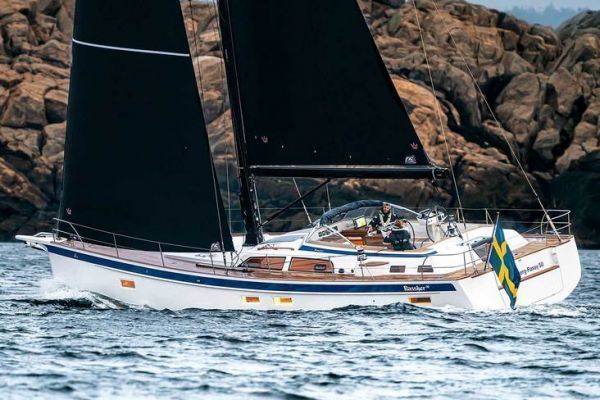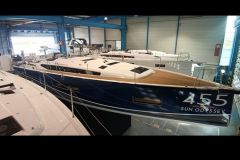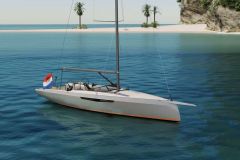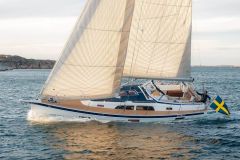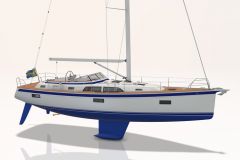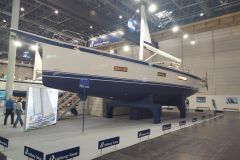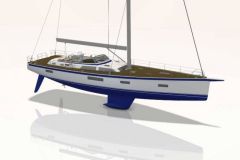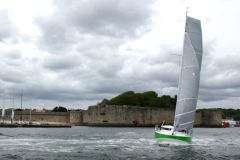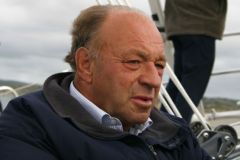A traditional Swedish yard
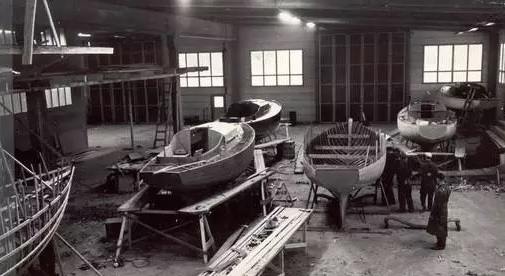
The history of the yard began in 1943, when Harry Hallberg started producing small traditional wooden boats. At the age of 14, he started working in local boatyards and then decided to start his own boatyard in Kungsviken on the island of Orust in Sweden.
In the beginning, Harry built boats to order, following his instincts more easily than architectural plans. Then he started to produce Folkboats and Kungskryssaren, two typical Swedish boats.
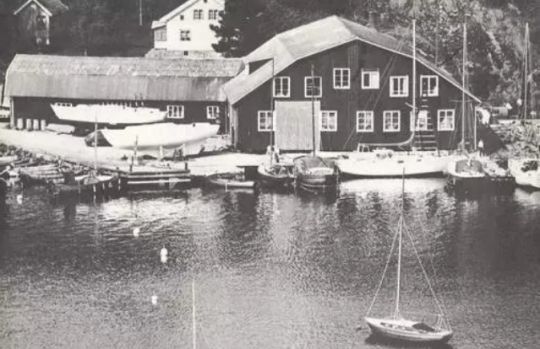
In 1963, he developed his production tool by specializing in polyester manufacturing, which he reserved for the hulls, with the fittings and superstructures remaining in wood. The P28 was a great commercial success, especially for export to the United States, where a hundred units were sold.
The Orust shipyard became too small and Harry Hallberg moved his factory to a nearby island. His old premises were then sold to another shipbuilder, a certain Christoph Rassy.
Hallberg and Rassy: two competing construction sites
Christoph Rassy grew up in Germany and moved to Sweden at the age of 20. He was hired as a carpenter in a shipyard, and in 1963 he founded his own shipyard.
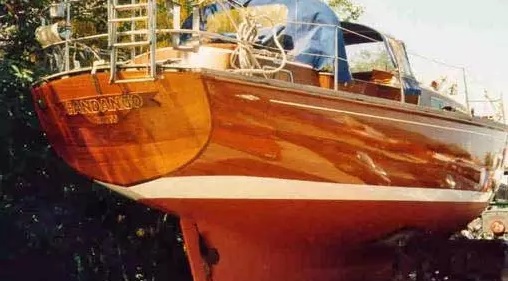
Its production is more anecdotal than its neighbor and competitor Hallberg. His first production yacht was a Rasmus 35, a pretty sloop built entirely of mahogany. It brought innovations that would be used on many cruising yachts of the time: long keel, central cockpit protected by a rigid windshield and a powerful motorization.
In 1972, Harry Hallberg retired and sold his shipyard to Rassy, who renamed his shipyard Hallberg-Rassy, in order to benefit from the reputation of his new acquisition.
Although their names are now closely linked, the two men have never been partners.
Monsun 31: the best-seller of the yard
The first creation of the young Hallberg Rassy shipyard remains its greatest commercial success to this day.
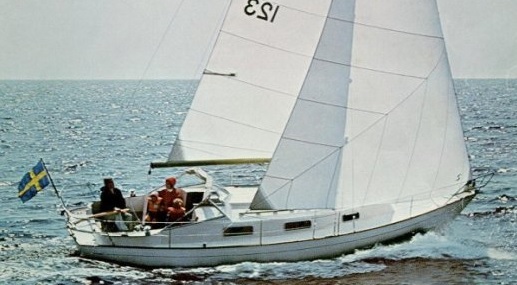
In 1973, the shipyard launched the Monsun 31, of which 904 were produced over a decade.
This 11m hull is equipped with a rigid windscreen in front of the rear cockpit, which is becoming a sign of recognition of the Swedish shipyard.
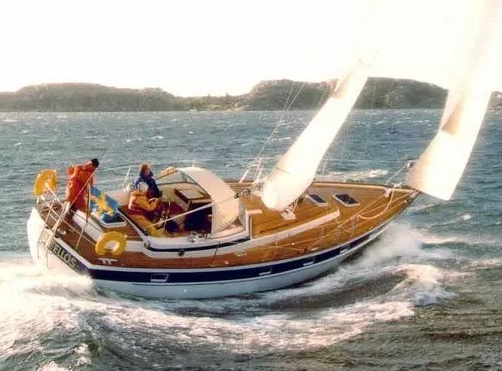
In 1976, the shipyard launched the Hallberg-Rassy 38, which was the first to feature the blue band around the hull, an aesthetic code that would be used on all the shipyard's boats. It was launched a year after the 41, which defined the main lines of the entire range: easy-to-handle yachts with large interior volumes, a level circulation and a fairly high central cockpit, protected by a rigid windshield. Dedicated exclusively to cruising, the Swedish shipyard has always remained faithful to its long-range cruising program.
The only deviation from this ride schedule was the Rassker, a 26-foot aramid-vinylester, designed and built by then 16-year-old Magnus Rassy.
A renewal with the arrival of German Frers
Olle Enderlein, the company's in-house designer since the beginning, was replaced by German Frers in 1988. A talented architect from a family of boat builders, Frers brings a necessary modern touch to a constantly changing market.
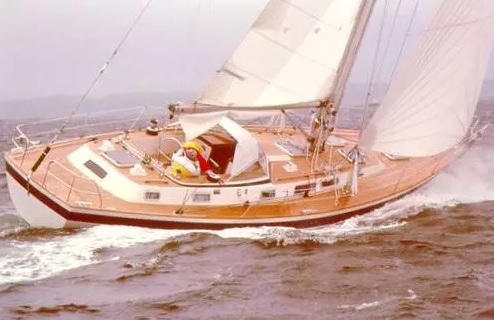
Its first design is the Hallberg Rassy 45, which stands out from the shipyard's previous productions with a few innovations: a lead keel, a new structure providing more rigidity while adding volume, and an insulated hull with a divinycell foam core, which protects against both cold and heat.
Over the years, the shipyard has won numerous awards, both in Europe and the United States. Hallberg Rassy continues to use noble materials for its constructions, and to constantly improve its level of finishing.
A complete range for a site that has evolved
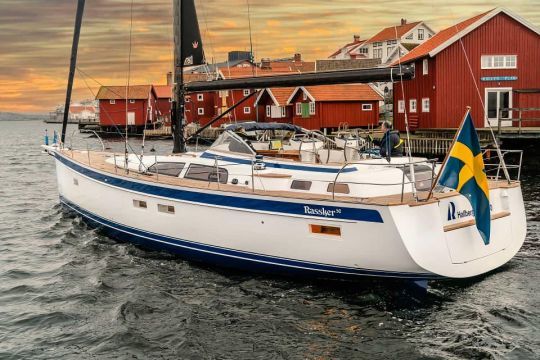
Today, the shipyard offers 8 models in its catalog, from 34 to 69 feet. The construction of the hulls is always done by contact lamination, in glass-foam sandwich.
Two versions of the deck plan are offered to customers: aft cockpit from 34 to 40 feet and central cockpit for longer models.
Christoph Rassy handed over the management of the yard to his son Magnus, who has been working in the yard since he was 16.
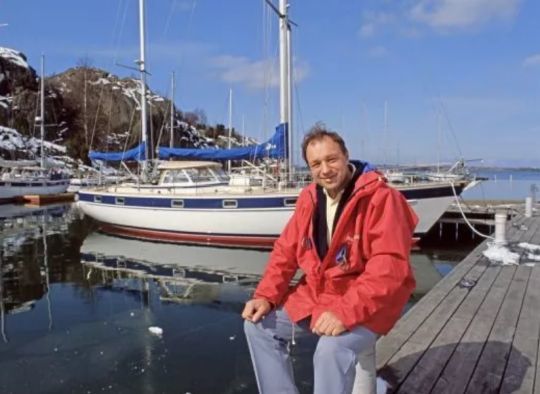
As for the budget, perfection inevitably has a price, which will be adjusted according to the many options offered by the construction site.
The 34-footer will cost you around 300,000 euros, while the 57-footer will cost you close to 3 million euros, and you'll have to wait almost 18 months before you can get your first sail. But at that price, you will benefit from impeccable manufacturing quality and an after-sales service capable of intervening anywhere in the world.
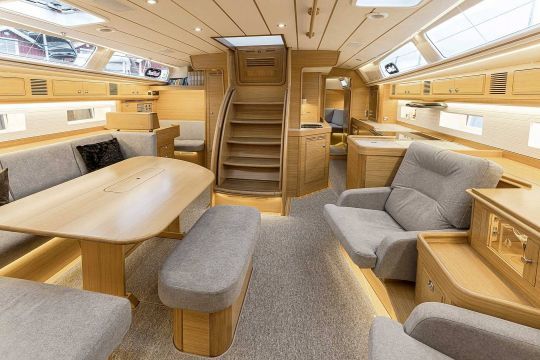
The shipyard also has its own online store, where all spare parts used on each model are listed.
9700 units have been built in more than 80 years of activity, and sail around the world in the greatest of comforts.

 /
/ 